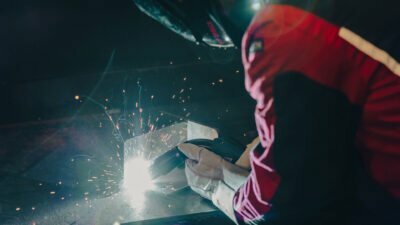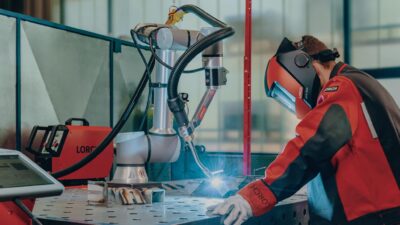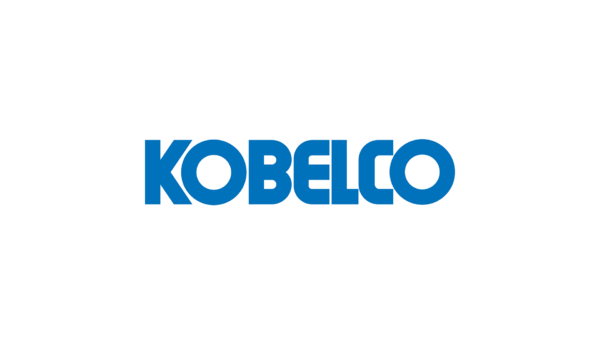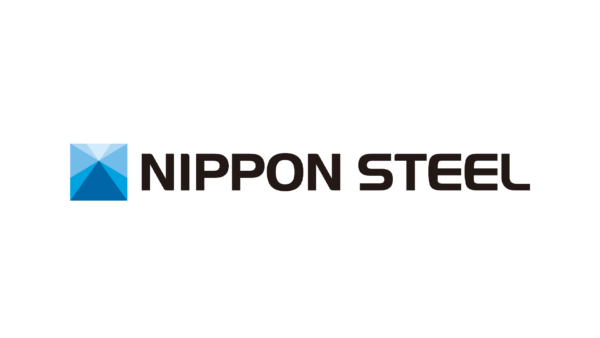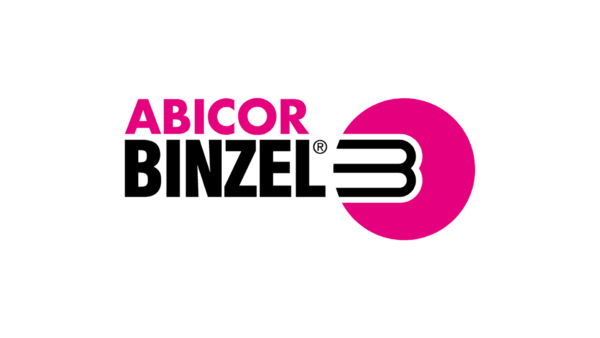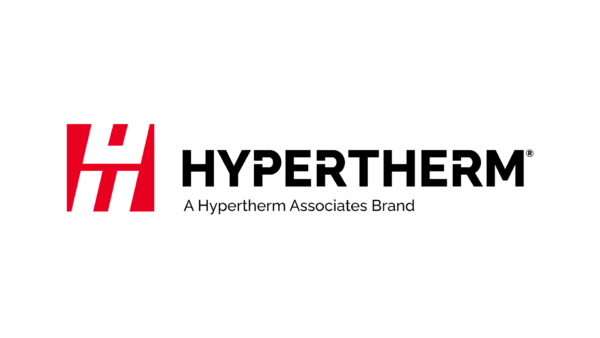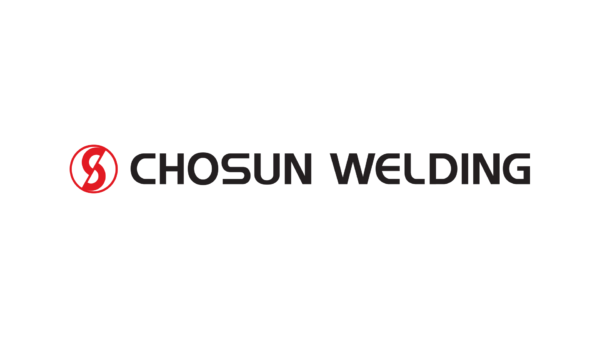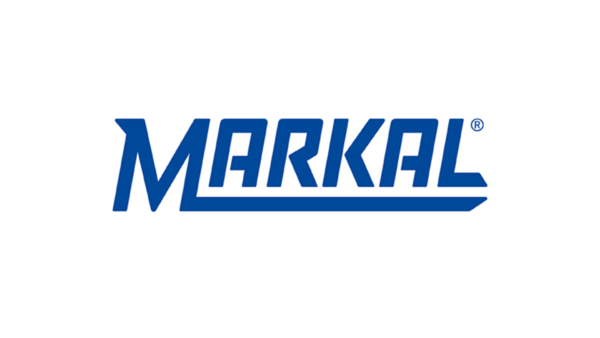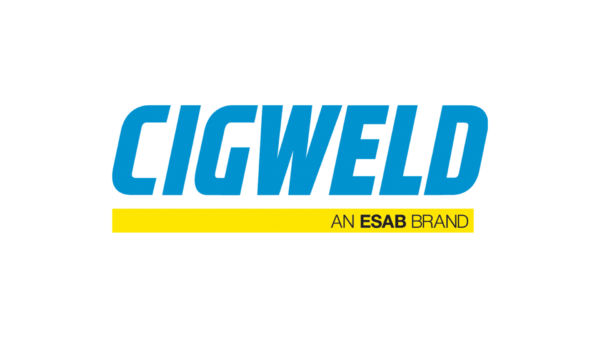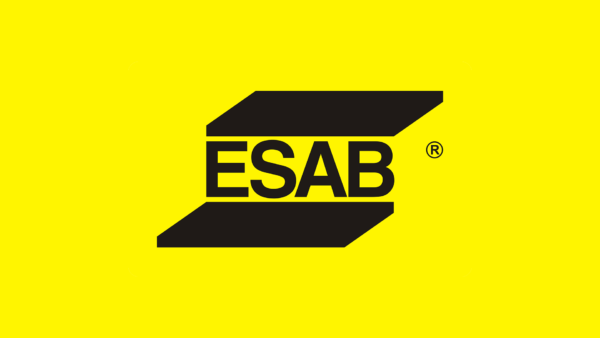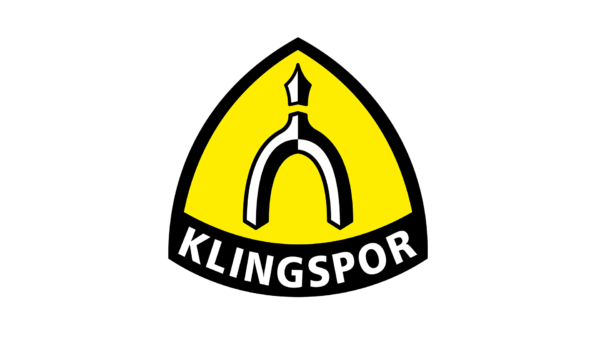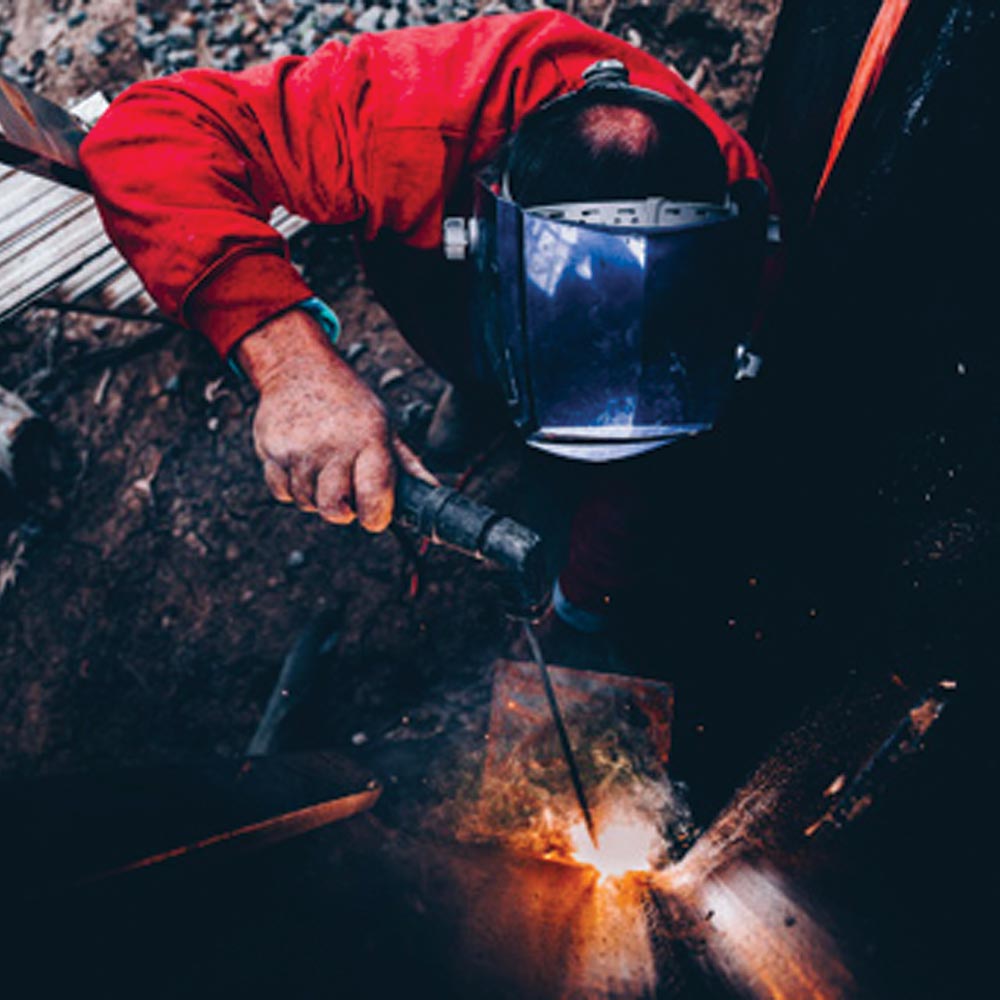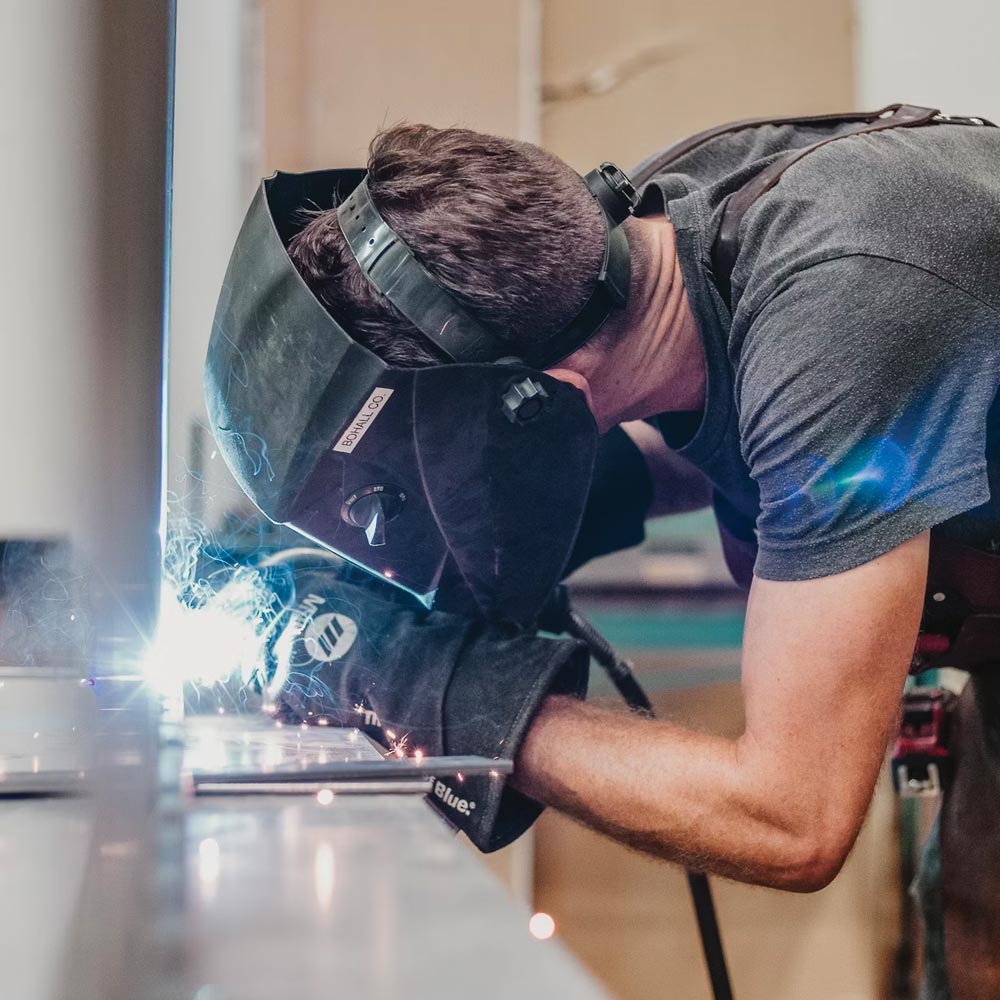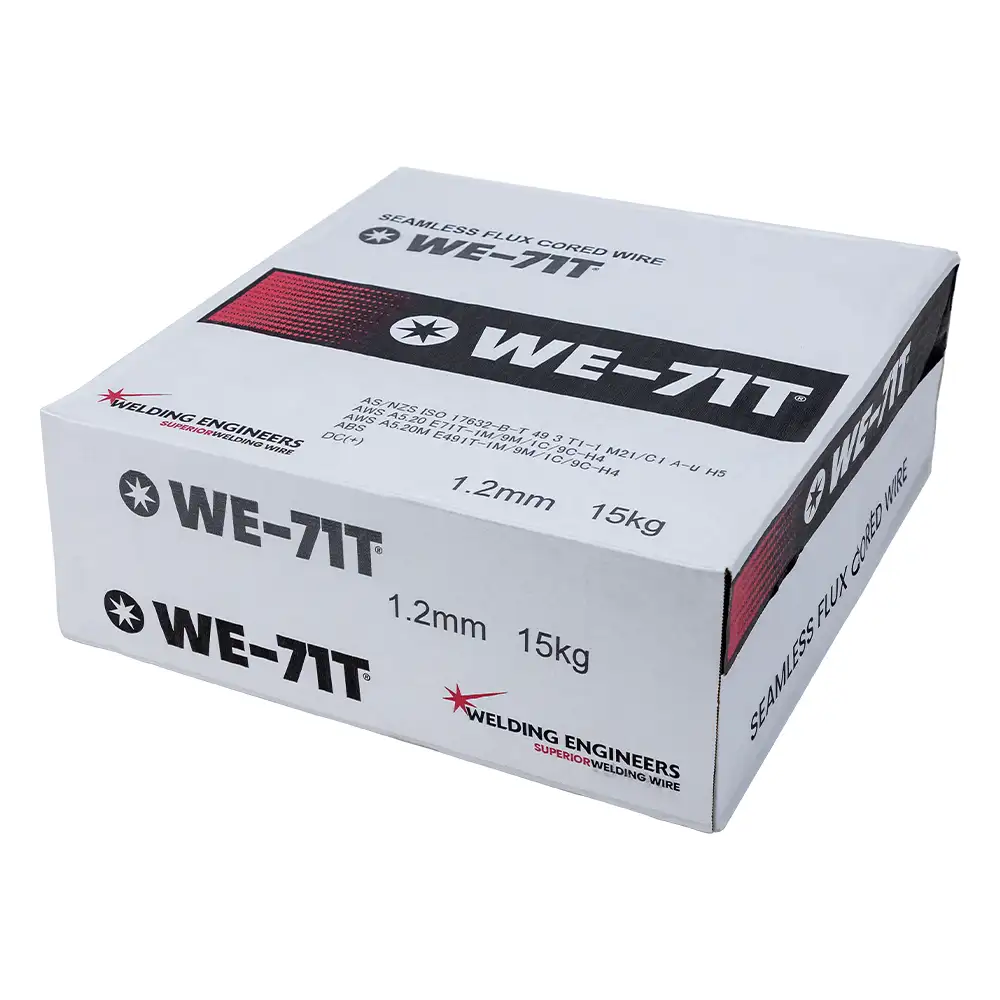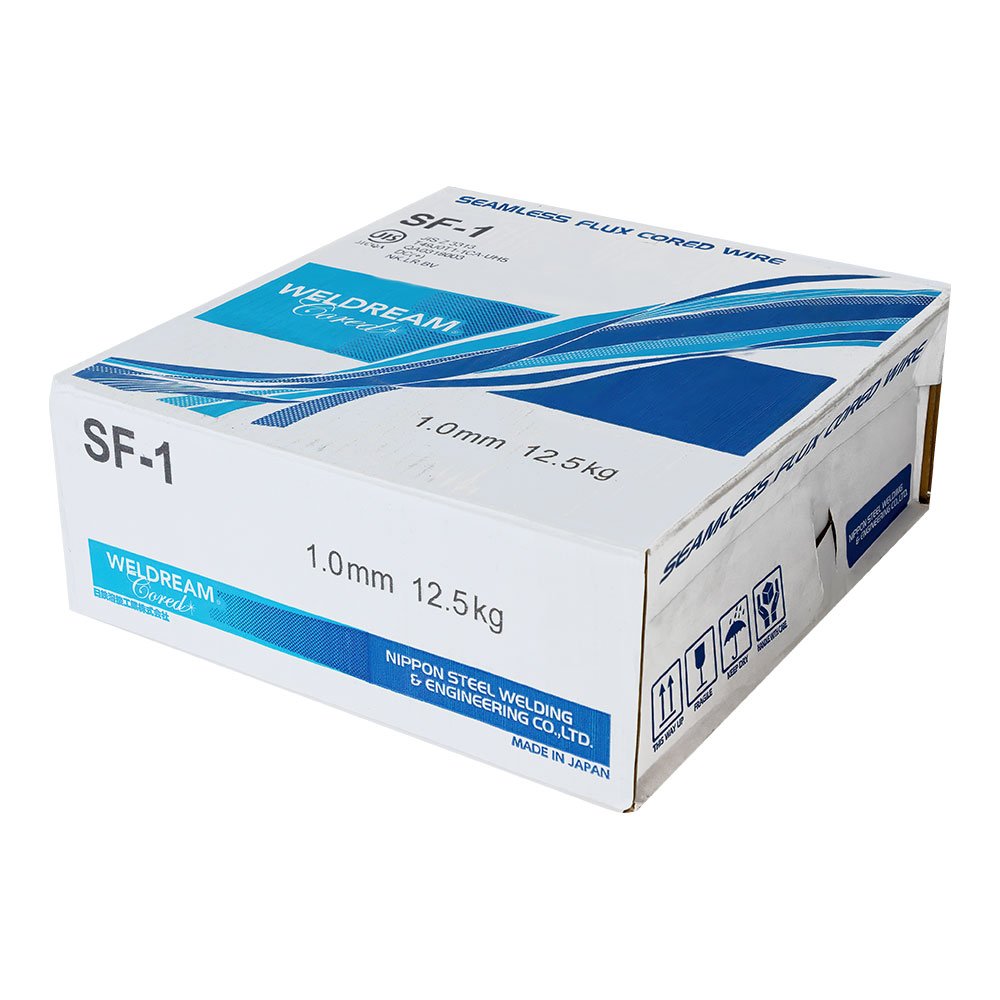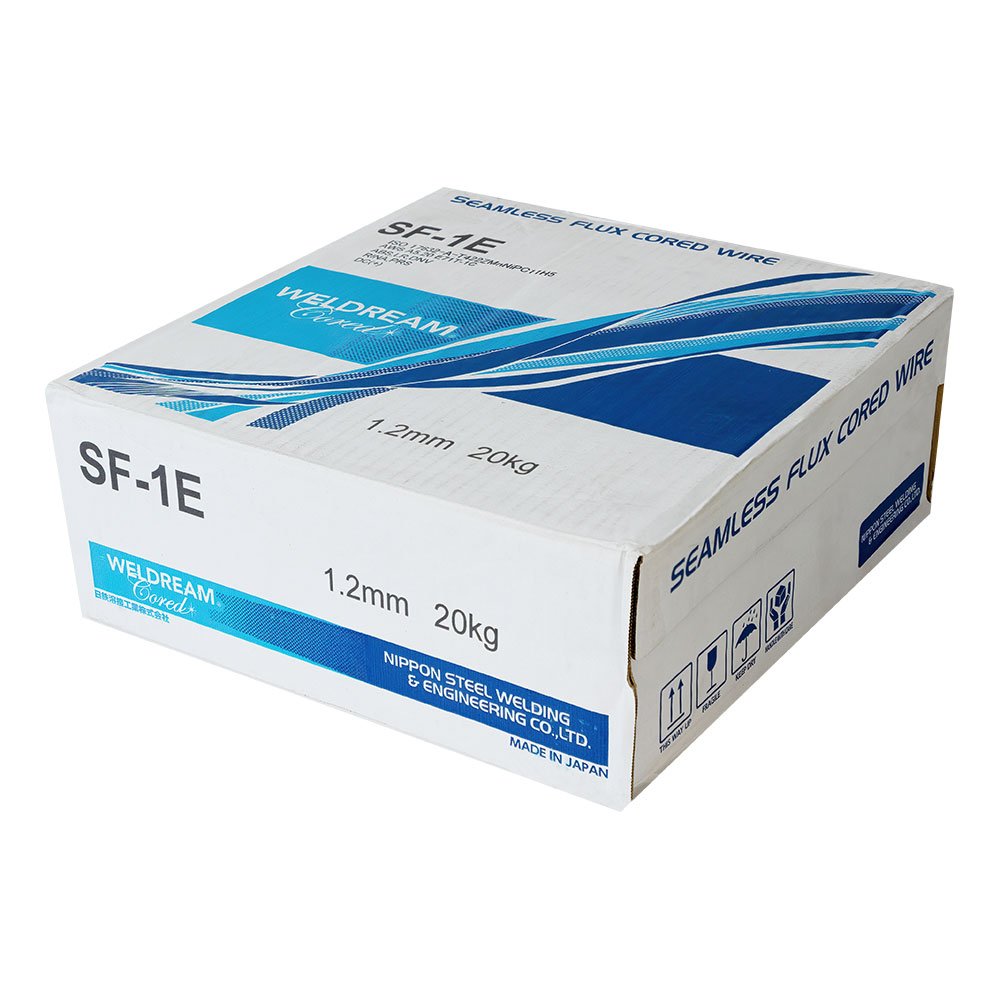Winter is coming…
Cold and damp atmosphere, cold and damp steel to weld. Moisture is a warning sign for welders.
Moisture in and around the weld joint will affect the hydrogen level in the weld and moisture in the atmosphere also affects the performance of welding filler metals and consumables, thereby increasing the risk of weld defects such as hydrogen cracking, porosity, etc.
For fabricators welding steel used in critical applications — such as structural steel, process piping, heavy transport, and others that require x-ray or code quality welds, it’s essential to control hydrogen throughout the welding process.
How to control hydrogen
Best practice control involves weld design, preparation of base materials, pre- and post-weld heating, welder qualifications, correct storage and handling, but a key consideration is the choice of filler metal.
Selecting a H5 flux cored wire which is manufactured to contain a low level of hydrogen, however, standard H5 flux cored wires will pick up extra hydrogen from the atmosphere post manufacture, particularly once opened.
SEAMLESS Flux cored wires give the best possible protection against moisture absorption and minimise the risks of weld defects and/or welding problems.
Standard flux cored wires are filled with flux, folded into a tube and drawn out to the desired diameter. Seamless wires are filled with flux in a single seamless tube and, with no join along the wire length, moisture is much less likely to penetrate the flux core.
Not all seamless wires are equal in performance. Most are filled from the top by vibration which creates inconsistency in the spread of flux components and corresponding inconsistency in performance in the welding arc; the quality of the base steel and the flux ingredients also vary.
Nippon Steel Welding & Engineering (NSWE) manufactures Seamless Flux cored wires with very low levels of hydrogen, typically 2-3 ml/100 g weld metal for flux cored wires and 2ml/100g for metal-cored wires using a unique method of manufacture which ensures consistency of quality and performance. In addition, NSWE Seamless Flux cored wires are double copper coated for extra imperviousness and improved conductivity and wire feeding.
Seamless Flux cored wires maintain their extremely low levels of hydrogen over time during storage and even once opened.
Related Articles
Hydrogen Cracking – Diffusible Hydrogen and how to avoid it
In welding, hydrogen is generated from the dissociation of water vapour or hydrocarbons in the welding arc. Hydrogen cracking can occur when welding carbon and low-alloy steels. The potential for hydrogen cracking in the weld metal and HAZ depends on their composition.
Porosity in Welding
Porosity refers to cavity-type discontinuities or pores formed by gas entrapment during the solidification of molten weld metal. If the dissolved gases are present in amounts greater than their solubility limits, the excess is forced out of the solution in the form of bubble or gas pockets as the weld metal solidifies.


